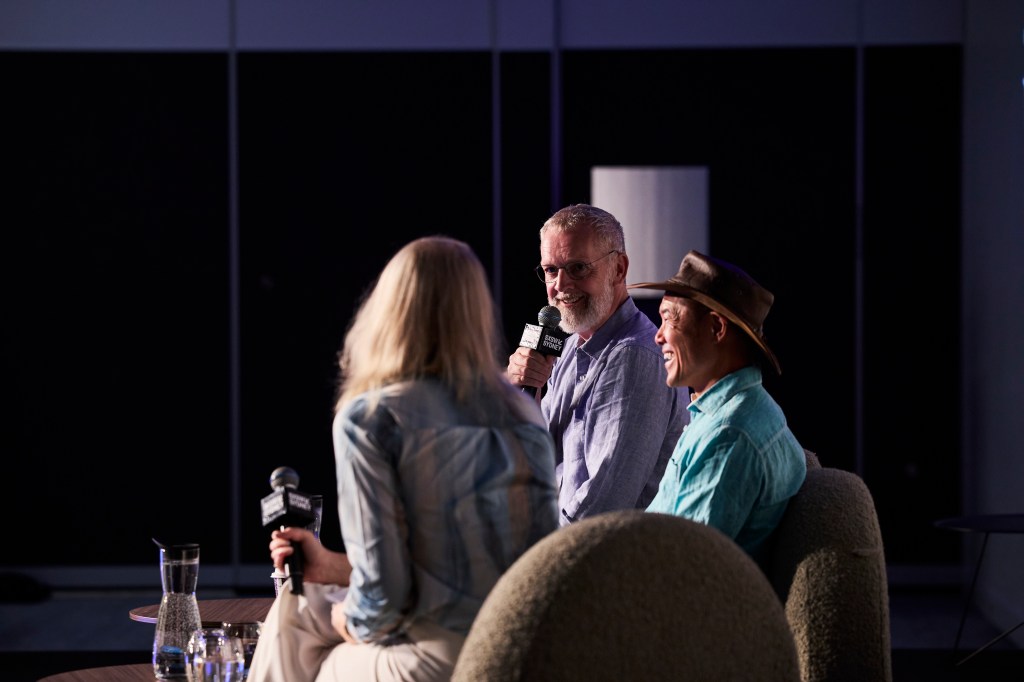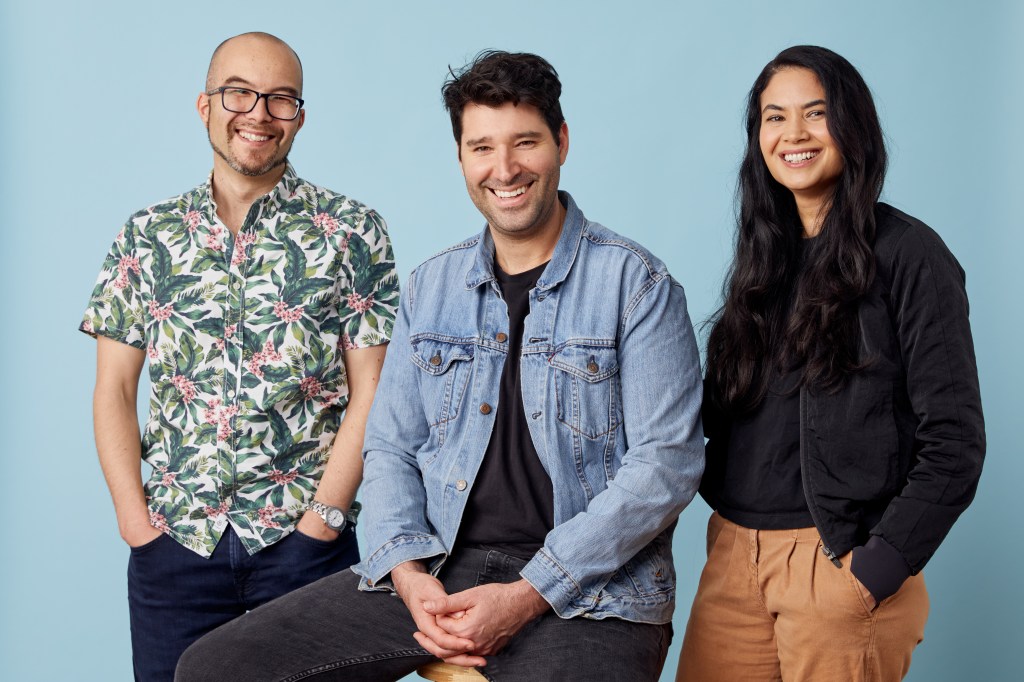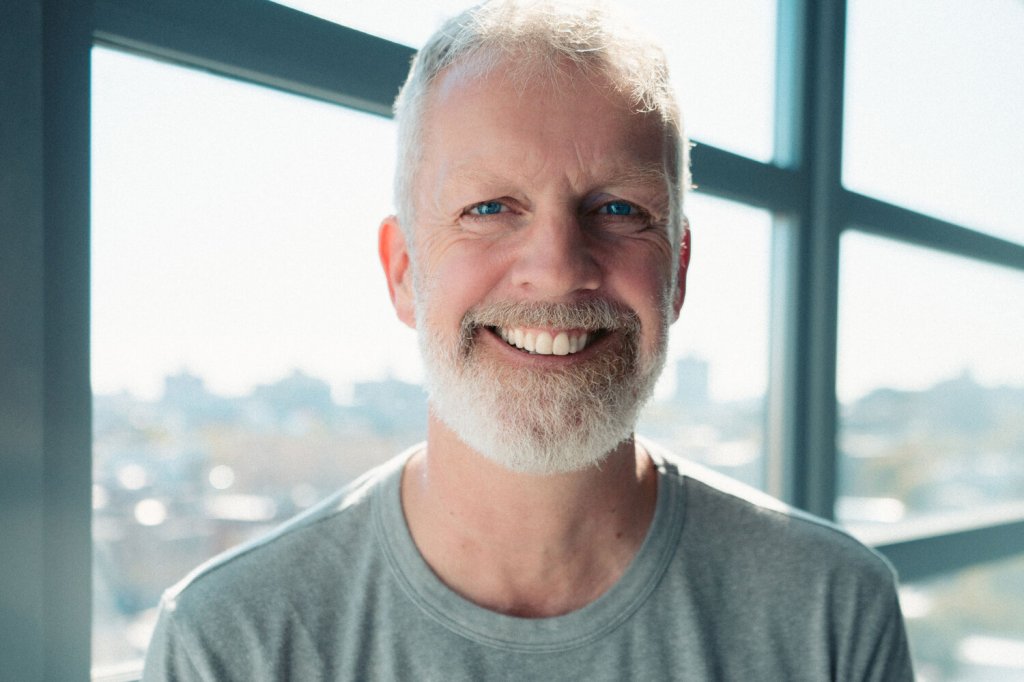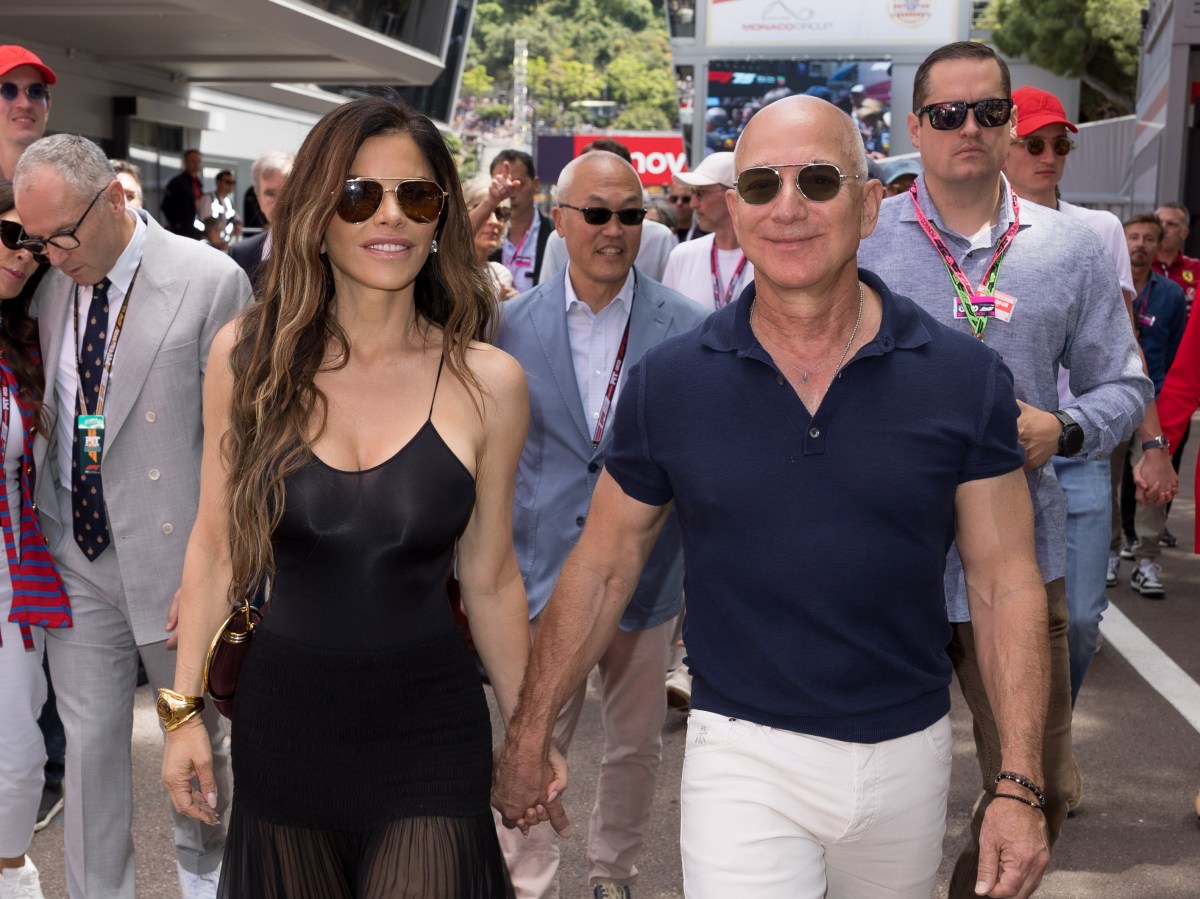Lars Rasmussen and Bill Tai are the brains behind some of the most ubiquitous tech in the world. On stage at SXSW Sydney, they reveal that achieving spectacular outcomes like Google Maps, Zoom, and Canva, takes immense grit, and the propagating power of a ‘human web.’

In the modern discourse of technology, success is often quantified in code, capital raised, and speed of digital disruption. But as the World Wide Web evolves into a vast, noisy market of algorithms and AI, two influential figures who shaped its early development are focused on a different, more powerful kind of infrastructure.
The core operating system for Bill Tai and Lars Rasmussen’s enduring success, is a network they’ve built outside of traditional venture capital channels. For these ocean-loving kitesurfers, the infrastructure might best be described as a ‘human web.’
Tai’s early conviction backed companies like Zoom, Blackbird Ventures, and Australia’s own Canva. Rasmussen, who co-founded Google Maps, was an instrumental early advisor to billionaire Canva founders Melanie Perkins and Cliff Obrecht. The pair unpacked their philosophy in front of a packed auditorium at SXSW Sydney earlier this month.
Webs of spiders and humans
Tai flew in to Sydney from his homebase in Palo Alto, at the centre of the global tech ecosystem. When asked how he thinks about his role bringing people together to grow companies, he uses an arachnid analogy.
“I dispel it down to being a little spider on this giant web of people holding hands. I hang out and I wait for vibrations. If a vibration resonates with me and I get involved in something, because I’ve had a good track record over time, a lot of the other spiders will run over and help. And then there’s critical mass,” says Tai.
The prolific investor formalised his ocean-loving, deep-pocketed community of investors and entrepreneurs into a group called ACTAI Global in 2006. Rasmussen has been a part of it since the early days, and shares Tai’s ethos for community and conviction to write cheques.
“One of my few really lucrative theories of investing, is to follow Bill,” Rasmussen says with a laugh.
He, too, has formalised a community of people who are working to elevate the entrepreneurial ecosystem. Rasmussen’s event is held in Athens, where he now lives and is called Panathenea, a throwback to the ancient Greek festival of the same name, which celebrated the goddess Athena.
Like ACTAI, Panathenea brings together founders and investors – Canva’s Perkins and Obrecht attended this year’s festival – and features a pitch competition. Furthering the ‘human web’ ideology, the event also works to empower young Greek entrepreneurs and students.
The central pillars are competition, connection and celebration, as evidenced by fusing startups with technology and art. The May Panathenea event culminates in a street party below the Acropolis.
The fertiliser of the human web
Closer to home, Tai is the co-founder of West Tech Fest, a December conference held in Western Australia, and Australia’s longest-running technology and innovation festival. It is here that Tai met Perkins and Obrecht in 2011.

He makes the journey out to Australia’s farthest state each year to kitesurf, connect, and invest. West Tech Fest is expanding its reach, too.
In October, a delegation from the WA team headed to Singapore to support BankVault, a cybersecurity firm founded in Perth in 1998, which has since relocated to Silicon Valley.
Showing up, breaking bread, and going beyond financial support is a tenet of the ‘human web’ Tai and his army of spiders embody. He equates the process of growing a company to growing a plant.
“The funding for the group is like rain, the entrepreneurs are the seedling. We just have to collect the resources, and give it a go. And sometimes the outcomes turn out to be pretty big,” Tai says with his characteristic big smile.
Athletes, Conservationists, Technologists, Artists, and Innovators
These days, the vehicle Tai uses to financially support startups is ACTAI Ventures, an offshoot of ACTAI Global. Tai’s partner in both is managing partner and co-founder Amanda Terry.
A critical part of the fund’s power lies in its limited partners (LPs), Terry tells me. Forty-five per cent of ACTAI Ventures’ LPs are women. Ninety per cent of its backers are founders, meaning the fund’s capital comes with operational expertise and an expectation to help the next generation succeed.
The fund focuses on pre-seed and seed investments sourced from within the ACTAI and Panathenea networks. The investment philosophy targets efficiency and scalability driven by data science:
“We are interested in startups that apply digitisation and data science to lower friction and make industries more efficient, processes more scalable and replicable,” says Tai.
The Canva catalyst
Perhaps the greatest example of the power of Tai and Rasmussen’s ‘human web’ is Canva. Valued at $64 billion earlier this year, Perkins and Obrecht found their technical co-founder through Rasmussen, who had worked with Cameron Adams on Google Wave in Sydney.
“I got an email from Bill… he’s like, these guys have something. They have vision, they have passion and grit, they have tenacity, but they don’t have a tech team,” Rasmussen recounts.
Top of his list for a technical founder, was Adams, who he calls the best UI designer he has ever worked with.
“He’s one of those rare people,” Rasmussen stated on the SXSW stage. “He is a UI designer, but he’s also a very accomplished programmer. He has published books, he has a website and blog. When he delivered a design to the engineers at Google Wave, it was already coded up.”

That tireless work ethic was a great fit for what Rasmussen had also observed in Perkins and Obrecht.
“We do these cool networking events and kite events. Mel and Cliff could have been on the beach partying with us, but while we were doing that, they were in the room iterating and working,” says Rasmussen.
Relentless ambition
In addition to skill and the market size of the opportunity, a core trait that Tai and Rasmussen look to invest in is character.
“I think it’s probably the most important characteristic of entrepreneurs, this complete and utter refusal to give up. Melanie is unstoppable. She is an ‘I will not give up under any circumstances,’ type of person.”
Rasmussen remembers challenging Perkins on her vision for Canva early in the company’s journey.
“She had come to me saying ‘We’re gonna build the world’s most valuable company.’ And I said, ‘You mean the most valuable design company?’ And she says, ‘No, no, the most valuable company.’ Now if you have that level of ambition, you need someone at the level of Cam Adams,” says Rasmussen.

The test of true grit
The ACTAI and Panathenea model also serve as a rigorous testing ground. The network’s gatherings, often held in demanding environments, can challenge a founder’s conviction. Tai and Rasmussen seek founders who prioritise their mission above all else.
Perkins learned to kitesurf in Hawaii to prove her mettle, while also endearing herself to the openhearted ocean-loving community.
In an age where the digital web is dominated by artificial intelligence, Tai, Rasmussen and other like-minded kin prove that the most essential intelligence remains distinctly human.
Their approach reminds us that the new blueprint for billion-dollar tech isn’t found in a flawless algorithm, but in the power of a curated, high-integrity community. Cultivating this ‘human web’ is the key to mastering the digital future.
“It takes a village, and without a community of people, I would be nothing,” Tai says in closing.
Look back on the week that was with hand-picked articles from Australia and around the world. Sign up to the Forbes Australia newsletter here or become a member here.


